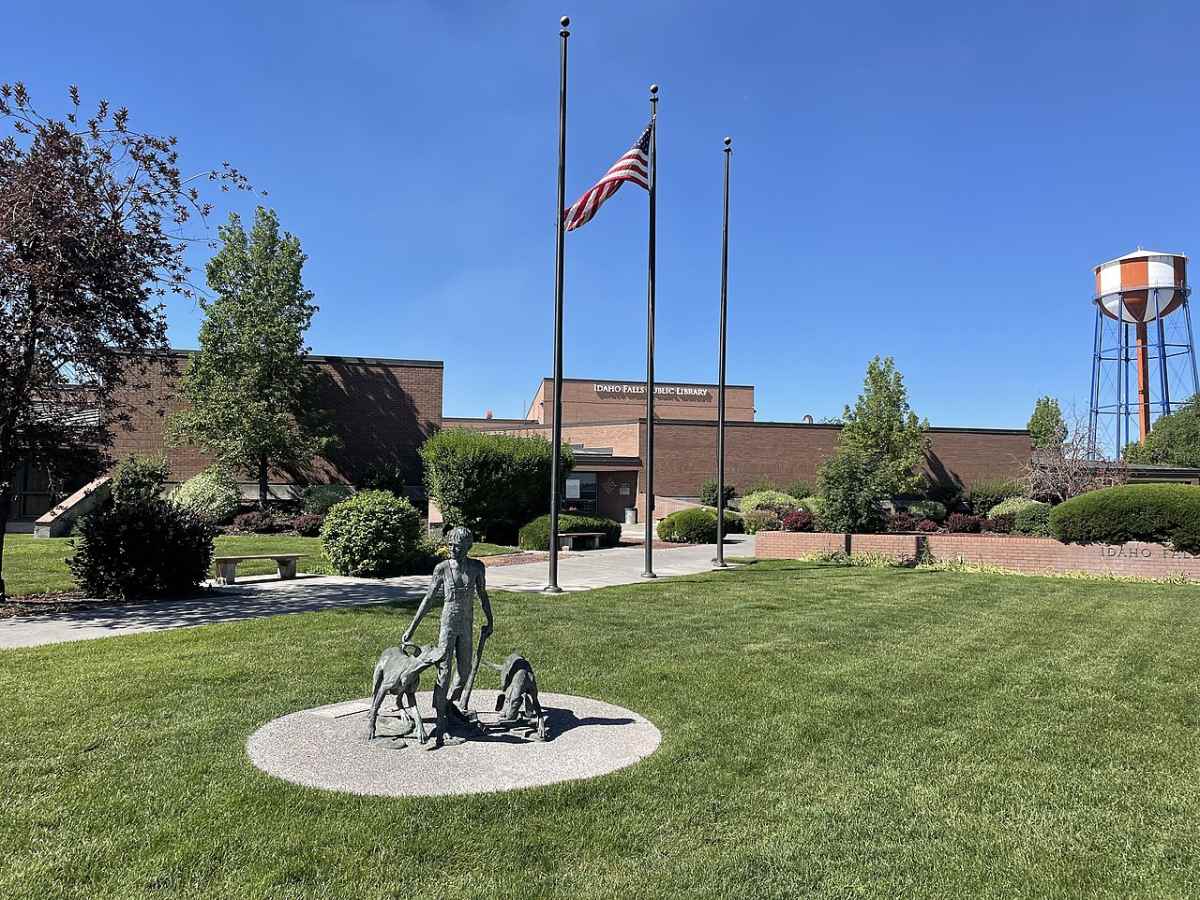
In Idaho’s complex climate, cool-season grasses grow healthier if seeded in late summer or early fall. On the other hand, buffalograss, a summer turf, develops deeper roots and thicker seedlings if planted in early summer. We discuss this difference and more details about when to plant grass seed in Idaho for a green, lush lawn.
The Best Time to Plant Grass Seed in Idaho
As a landlocked mountainous state in the Northwest, Idaho has cold winters, snow blankets on its top elevations, and dry summers in the lowlands. It’s a state of cool-season turfgrass where local nurseries always have Kentucky bluegrass, tall fescue, fine fescue, and perennial ryegrass on the shelf.
But there’s also a warm-season turf that can handle Idaho’s weather. Buffalograss is a cold-hardy summer grass that can survive the Gem State’s winters if planted in its southern lawns.
So, the best time for seeding grass in Idaho depends on the type of turf you wish to install.
When to Plant Cool-Season Grasses
The most common turfgrasses in Idaho, cool-season grasses, grow better when the temperature ranges between 60° and 75°F. They deal better with cold than with high heat, especially as seedlings, and that’s why late summer to early fall is a good period to seed them.
The golden moment is about one week before Labor Day to give the grass seedlings enough time for root development before winter. Most cool-season turfgrasses have the best root growth at soil temperatures between 50° and 65°F.
Another reason for fall grass seeding is the low competition at this time from summer annual weeds. Their season is over, and the turf can grow unpressured by their presence.
You can also choose to seed cool-season grasses in the spring. But this time of the year comes with two major risks:
- Seedlings must face the summer heat after only a few weeks of developing roots. Some of them might not make it.
- Summer weeds also grow at this time and compete with the young grass for nutrients, water, and sunlight.
When to Plant Warm-Season Grasses
Summer grasses, aka warm-season grasses, like Bermuda, Zoysia, and St. Augustine, germinate best at a soil temperature of 65° to 70°F. When the soil gets that warm, the air temperature is typically between 70° to 90°F.
Among the warm-season grasses, buffalograss is the one to plant in Idaho because it can tolerate the freezing winters. Homeowners who want to enjoy it on their lawn should spread the seeds in late spring to early summer, from May to June, to get good results and a healthy, heat- and drought-resistant lawn.
The Right Grass for Your Idaho Lawn
Planting grass seed at the right time for successful germination and healthy growth is insufficient to keep a stunning green lawn. You also need to choose the best grass type for your Idaho lawn. Five excellent grass varieties grow well in Idaho:
Kentucky Bluegrass (Poa pratensis)
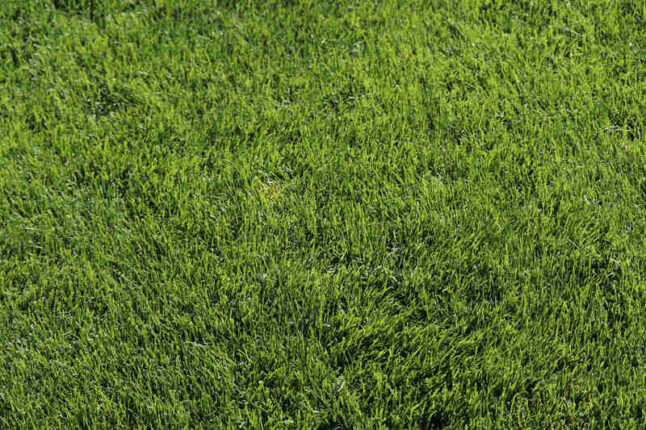
Kentucky bluegrass is the most hardy among all winter grasses, tolerating extremely low temperatures. If you live in a city at high elevations like McCall, Idaho Falls, and Ketchum or anywhere in the north and the central parts of the state, Kentucky bluegrass is your best choice for a healthy lawn.
Bluegrass thrives in full sun, spreading robust rhizomes across the yard, and doesn’t do well in shady areas. Planted under trees, it thins out and becomes vulnerable to powdery mildew.
It’s a drought-tolerant turf if it has enough time to establish a deep root system. On the other hand, it’s slow to establish, with seeds germinating in 14 to 30 days. Use a mix with ryegrass to get faster results and protect bluegrass shoots from heat and weeds.
Fine Fescue (Festuca spp.)
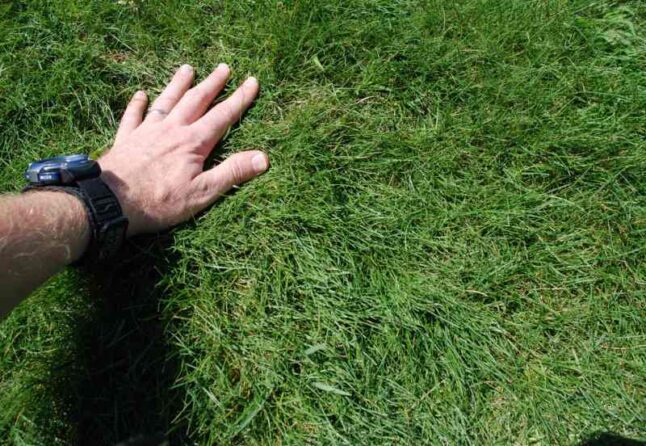
Fine fescue is a slow-growing, low-maintenance lawn grass that Idahoans prefer for its fine, almost needle-thin blades and lush texture. Fine fescues also have good shade and drought tolerance and are easy to fit in most gardens with trees, shrubs, and tall buildings that block sunlight.
One of this grass’s weak points is high heat. If you plant it in the south of Idaho, it will often go dormant during summer, even with proper irrigation. Fine fescues are also sensitive to foot traffic and work best on lawn areas exposed to less activity.
Tall Fescue (Festuca arundinacea)
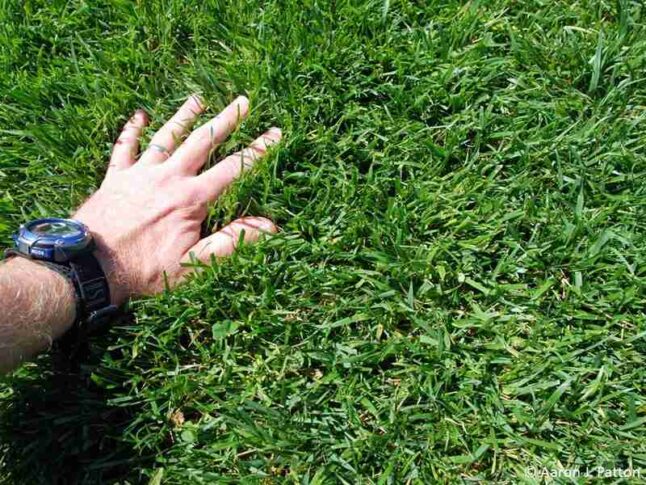
Tall fescue has superior drought and heat tolerance due to its extensive root system that can dig up to 6 feet into the soil for moisture. It can help you save on water bills, but only with good-quality soil where roots can properly grow.
Tall fescue can also tolerate partial shade but doesn’t do well in Idaho’s high elevations with short growing seasons, making it more of a valley turf type. It’s the right turf to plant in areas with heavy foot traffic. But, as a bunch-type grass, it can’t repair itself. You’ll need to overseed in the fall to cover bare spots and improve thinned areas.
Perennial Ryegrass (Lolium perenne)
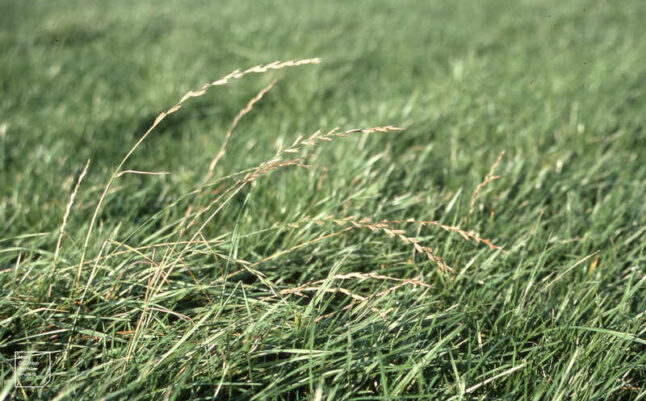
A fast-germinator, perennial ryegrass is often added in grass seed mixtures with the slow-grower Kentucky bluegrass to protect it from weeds and start greening the lawn faster. It’s less cold and drought-resistant and more suited for the lower Snake River planes than the high ground of the Gem State.
Growing coarse, robust leaves, ryegrass is one of the best high-traffic options, often planted on athletic fields. The hard leaves also make mowing more difficult, requiring frequent sharpening of lawn mower blades.
Buffalograss (Bouteloua dactyloides)
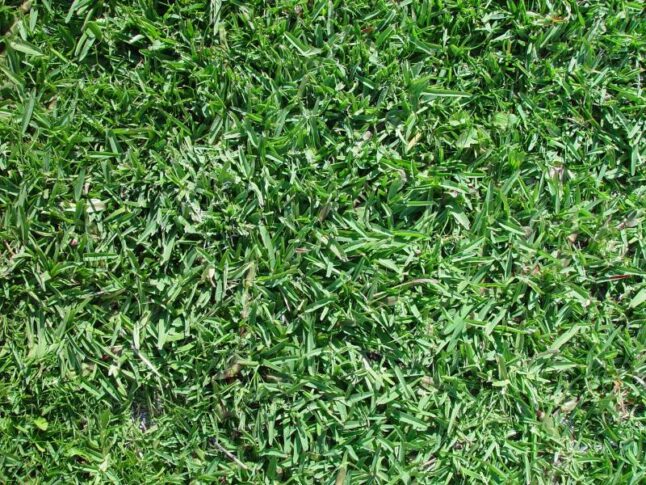
A warm-season grass, buffalograss goes dormant around 7 days a year in Idaho. It has excellent drought and heat tolerance and thrives during summer with low water use. The blades are finely textured with a beautiful gray-green color.
On the bad side, buffalograss has a low tolerance for shade, cold, and heavy traffic, and from October to April, during its dormancy, it’s exposed to weeds. It’s not recommended for lawns higher than 6,000 feet elevation.
How to Seed Grass Correctly in Idaho
The start is everything. How well you prepare the soil, how you choose and spread the seed, and how diligently you keep the soil moist for germination will determine the long-term health of your lawn.
With a turfgrass that grows healthy and robust from the start, the lawn is much easier to keep green. Here’s how to plant grass from seed (besides waiting for the right time).
Choose Good Quality Seed
Find a type of grass or a mixture of grass seeds that fits your lawn’s sun exposure, soil conditions, local weather, and your style of lawn care (low to high maintenance). Then, ensure you buy a product with a good germination rate – experts say go with something over 85%.
Clean the Space
To grow healthy and robust from the start, a new lawn needs clean, fertile, loose soil to support seed germination and seedling growth. Start by removing any rocks, tree branches, construction debris, and tree stumps in sight.
Follow up with a herbicide application to remove weeds and old grass. It’s the best opportunity you’ll ever have to get rid of all the weeds that have laid down roots in your lawn over the years.
When collecting the dead plants, use a rake to remove all the roots in the soil. It’s a good way to prevent nasty perennials like Canada thistle, quackgrass, and field bindweed from returning and choking out your new grass. To learn more, check out our article on common Idaho weeds.
Improve Lawn Drainage
This is an excellent moment to ensure your lawn has effective drainage. Grade the area, sloping it down from the house at an angle of 2%.
Decide all landscaping details. For example, whether you want to add native Idaho trees and shrubs or flower beds and where. Plan and install the irrigation system so it serves the entire area properly.
Prepare the Seedbed
This stage depends widely on soil conditions like compaction, topsoil quality, texture, and fertility.
Aerate: It’s always a good idea to aerate the soil, especially if it has a heavy clay texture. Aeration is an excellent way to ensure new grass seeds have loose soil to spread their roots and easily reach water, air, and fertilizers.
Test the Soil: To see what else is needed, take a soil test. It checks the pH, nutrients, and the amount of organic matter in your topsoil. It’s very simple. You collect soil samples and deliver them to the local University of Idaho Extension Office. A standard fertility test costs $50, and the results are ready in up to 15 business days.
Amend the Soil: Add compost to improve organic content, lime or sulfur to adjust the pH accordingly, and fertilizers to balance fertility. Use a tiller to get all these amendments into the soil about 6 inches deep. Rake and level the ground.
Use Starter Fertilizer: Before spreading the grass seed, apply some starter fertilizer. It helps the root system grow by ensuring additional phosphorus.
Note: If the topsoil is thinned by rainfall and erosion, consider adding a new layer of topsoil.
You can buy topsoil from local nurseries and online shops like:
Spread the Grass Seed
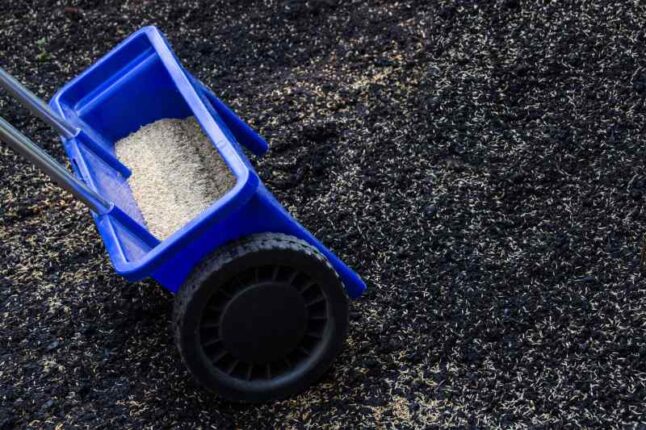
You need a broadcast spreader and a two-step application to do this right.
Start by filling the spreader with half the seed amount and walking it back and forth across the entire lawn. When you’ve finished, put in the other half of the grass seed and apply it perpendicular to the initial walking direction.
Rake the area lightly to get the seed about ¼ inch into the soil.
Pass a lightweight roller over the area to ensure good seed-to-soil contact.
Apply a layer of straw mulch to protect the soil from erosion and the seed from desiccation, birds, and extreme heat. You can read about the pros and cons of this method in our article “Should You Put Straw Over Grass Seed?“
Pre-Germination Lawn Care
Lightly water the lawn 2 to 3 times daily to keep the soil and seeds moist and support germination. Do this until the grass seedlings are visible and about 1 inch tall.
Post-Germination Lawn Care
After the grass gets about 1 inch tall, you can reduce watering gradually until you get to the recommended watering schedule for your type of grass.
Don’t mow the lawn until it’s a least 0.5 inches taller than the desired mowing height, and avoid applying any herbicides for about six months.
FAQ About When to Plant Grass Seed in Idaho
For Boise’s semi-arid climate, you need turfgrass with a good tolerance to drought. Among the most popular grasses grown in Idaho’s lawns, tall fescue and fine fescue are the best for dry areas like Boise.
Put seeds down in late August to early September if you’re planting Kentucky bluegrass, perennial ryegrass, tall fescue, or a fine fescue variety. Buffalograss seeds are better planted in late May or early June.
It’s always better to seed grass in the morning to protect the seeds from direct exposure to extreme heat and desiccation. You have enough time to put the turf seed in the soil, cover it with some mulch, and get it moist before the hot midday sun is up.
When the air temperature is between 60° and 75°F consistently is the best time to put down grass seed. The soil is warm enough to allow seed germination and root development.
Idaho has over 2,750 native plants, and most of them can make beautiful, low-maintenance additions to home gardens. Among the most popular native species in Idaho planted in urban landscapes are blue flax, common yarrow, redtwig dogwood, Rocky Mountain maple, and mock orange.
Enjoy a Gorgeous Green Lawn in the Gem State!
Idaho has stunning natural landscapes and a complex and challenging climate for turfgrass. It makes a huge difference how you seed the turf to get good results in the Intermountain region.
You can choose your grass type and plant your new lawn on your own or work with a local lawn care company that knows everything about growing grass in Idaho. It’s easy! LawnStarter has lawn care experts ready to help you in the Boise metro area and all over the state. Contact one of them and enjoy a gorgeous green lawn in no time!
Main Photo Credit: Craig Talbert / Wikimedia Commons / CC BY 2.0